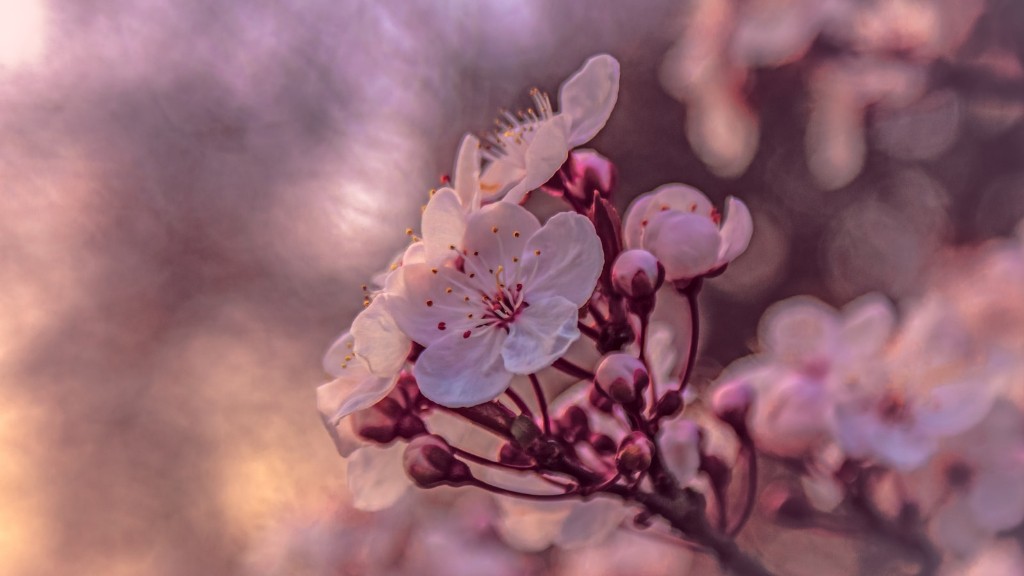What is the White Stuff on my Avocado Tree?
Have you ever noticed a scaly white substance on the leaves and branches of your avocado tree? It’s most likely the work of a sap-sucking insect called the Avocado Lace Bug (ALB). This pest is indigenous to some parts of the Americas and has likely been on earth for millions of years. The ALB feeds on the sap of avocado trees, which it sucks out of the leaves and twigs. These sap-sucking bugs affect avocados in multiple ways, most of which are visible and can cause damage to your tree’s fruit and leaves.
At first glance, Avocado Lace Bugs (ALB) can look like a type of fungus or lichen due to their white, web-like pattern. But ALB are actually insects with an elongate, flattened body and wings. They have highly specialized mouthparts, allowing them to connect to the plant’s stem in order to suck out the goodies. These sap-sucking bugs use their sharp, needle-like mouthpieces to drill into the stem and access the sap which they consume. The sap is rich in carbohydrates, protein, and other nutrients, which is what the ALB is after.
Damage done by Avocado Lace Bugs
As the ALB feeds, it can cause damage to the leaf and stem tissues of the avocado tree. The damage is usually visible in the form of dark, dried out areas on the leaves, which can stop the growth of the tree and affect its fruit production. Additionally, the ALB excretes a heavy, white, waxy substance as it feeds, which accumulates on the plant’s leaves, twigs, and branches. This substance is called “honeydew”, and is essentially a sugar-rich by-product of the ALB’s feeding activities. If it is not removed, the honeydew will provide the perfect breeding ground for disease-causing fungi, which can harm or even kill the tree.
The honeydew created by ALB also acts as an attractive food source for other insects, such as ants. These insects will then feed on the honeydew, exacerbating the damage done to the tree. In extreme cases, these sap-sucking bugs can drain so much of the tree’s energy that it becomes vulnerable to diseases and even death. Therefore, it’s important to take steps to control these bugs as soon as you notice them on your avocado tree.
Controlling and Preventing Avocado Lace Bugs (ALB)
Many pest control companies offer treatments to control and prevent the spread of ALB. These treatments can vary from homemade insecticides to commercial products, like neem and pyrethroid. These products work by coating the leaves and stems of the avocado tree, which will kill any ALB present and make it difficult for new ones to latch on. As with any pesticide product, it’s important to carefully read the label and adhere to the instructions when applying. Additionally, it is important to take preventative measures, such as regularly inspecting your avocado tree for ALB and other pests, pruning dead and damaged branches, and applying insecticides preventatively.
Organic control methods, such as introducing predatory insects, can also be effective. Lacewings and ladybugs are natural predators of ALB and can help reduce their numbers. If introducing these insects is not an option, you can always opt for mechanical methods of control, such as handpicking or rubbing off the bugs, as well as pruning any affected branches.
Symptoms of Avocado Lace Bug Infestation
The most obvious symptoms of ALB infestation are the white, web-like pattern of the bugs on the tree’s leaves and twigs, as well as the heavy accumulation of honeydew. You may also notice small yellow blotches on the avocado tree leaves, which are caused by the ALB’s saliva as they feed. A heavy infestation of ALB can also cause the leaves to take on a mottled or bronzed appearance, which should receive attention immediately.
In severe cases, you may also notice the presence of sooty mold, which is a blackish coating caused by the honeydew and the fungi attracted to it. Finally, if the ALB infestation is not treated in time, you may start to notice dead parts on the tree and lower yields of fruit. These are just some of the visible symptoms of ALB infestation and should be taken as an early warning sign.
Early Detection is Key to Prevention
The key to controlling and preventing ALB infestations is early detection. Regularly inspecting your avocado tree for signs of ALB and other pests is essential to keeping your tree healthy and productive. If you spot any of the symptoms described above, it’s important to take prompt action to control and prevent the spread of the ALB. Taking the right steps can help keep your tree safe and healthy, and protect your yield.
Keeping your Tree Healthy
Pest infestations are a natural part of owning an avocado tree and can put a lot of stress on it. This is why it’s important to keep your tree healthy in order to make it less vulnerable to invading pests. Regular watering, feeding, pruning, and other care practices can help keep your tree robust and able to withstand an invasion. Additionally, using an insecticide that is specifically designed for use on avocado trees can help to prevent an insect invasion.
Using Traps for Monitor & Control
Using traps to monitor and control ALB infestations can be an effective way to keep your tree safe from this pest. Trap designs can vary, but some are designed to capture the ALB upon contact. These traps can then be emptied and reused multiple times. Additionally, traps can be used to monitor ALB activity in your area, so that you can be alerted if an infestation is on the rise.
Encouraging Natural Predators
Another way to control and prevent ALB infestations is to encourage natural predators. These predators, such as lacewings and ladybugs, are both effective in controlling ALB populations and can help reduce the stress put on an avocado tree. Planting flowers or trees that these prey insects prefer can be an effective way to draw them in and bring their populations up in your area.

